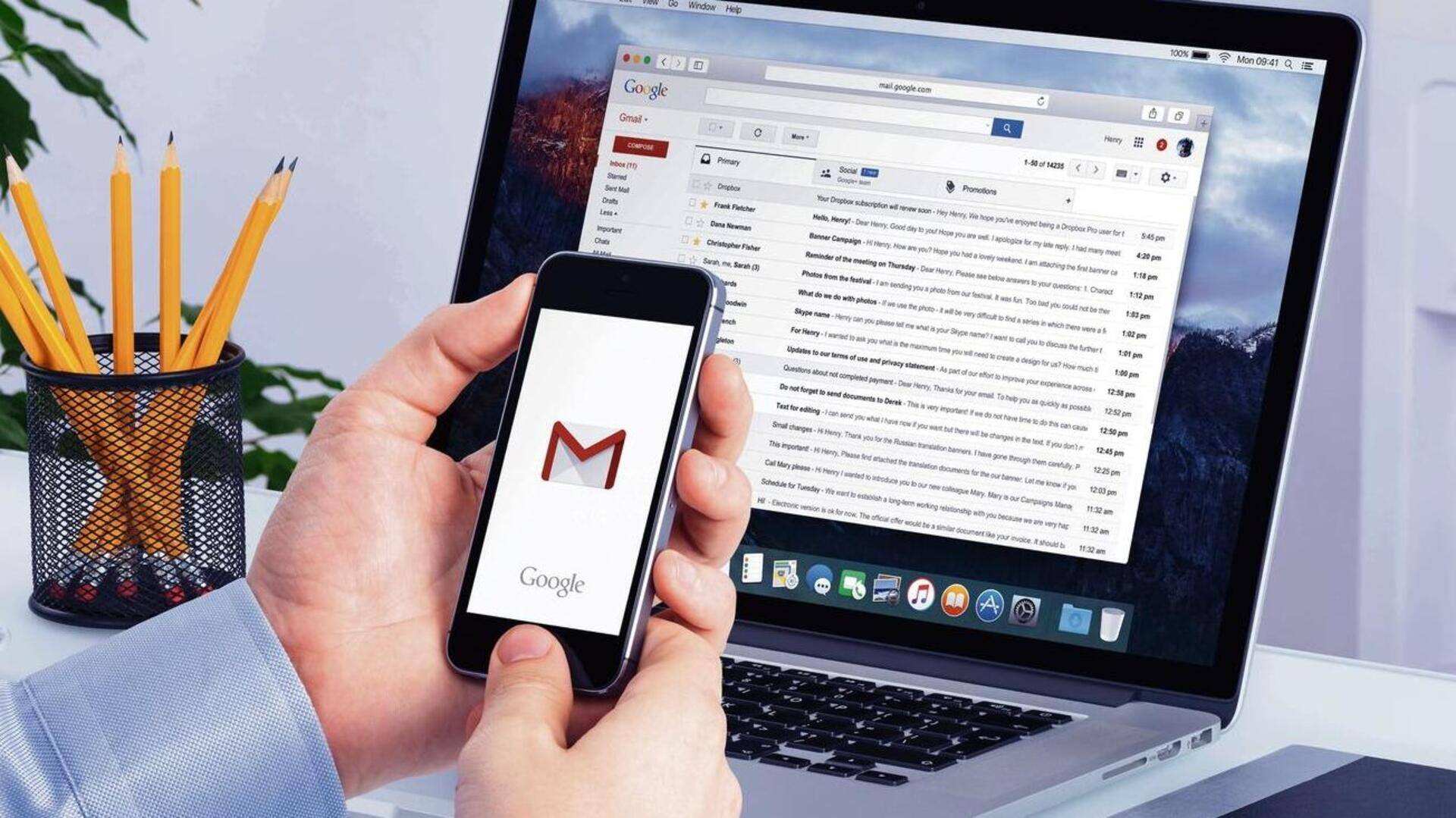
Google to delete inactive Gmail accounts: How to protect yours
What's the story
Starting December 1, Google will delete Gmail accounts that have been inactive for at least two years. This update to Google's inactive account policy aims to boost security and minimize the risk of account breaches. According to internal data, inactive accounts are 10 times less likely to have two-factor authentication enabled when compared to active accounts. This leaves such accounts vulnerable to cyber attacks, and Google aims to ensure security for all users.
Details
Accounts to be deleted in small batches
Instead of deleting all inactive accounts at once, Google will gradually remove them in small batches beginning in December. When an account is deleted, all related data, such as emails, Google Drive documents, Google Photos, Contacts, and other files, will be permanently wiped out. This action will be irreversible. Accounts that have shown zero activity within the last 24 months will be considered inactive by Google.
Insights
How to keep your account active
To avoid having your Gmail accounts deleted, you simply need to sign in at least once every two years. Activities that can keep an account active include reading or sending emails, using Google Drive, and watching YouTube videos. You can also download apps from the Google Play Store, use Google Search, and sign in with Google for third-party apps or services. For Google Photos, users must log in to their account every two years.
Exemptions
Google will notify users before deleting accounts
Accounts linked to organizations, like schools or businesses, are exempt from this deletion policy. Furthermore, Google currently has no plans to delete inactive accounts containing public YouTube videos. Moreover, the company will send multiple notifications to the inactive account and any connected recovery email addresses before starting the deletion process. In this way, users will have ample time to take necessary action.
Facts
Google could be trying to shift users toward paid services
Deleting older accounts could also help Google free up storage space on its servers. The company has been gradually ending free unlimited storage policies for services like WhatsApp backups. In 2021, Google stopped offering unlimited backups for Google Photos. As more users reach their 15GB free storage limit, they may need to purchase additional Google Drive storage. This could push free users into becoming paying subscribers.